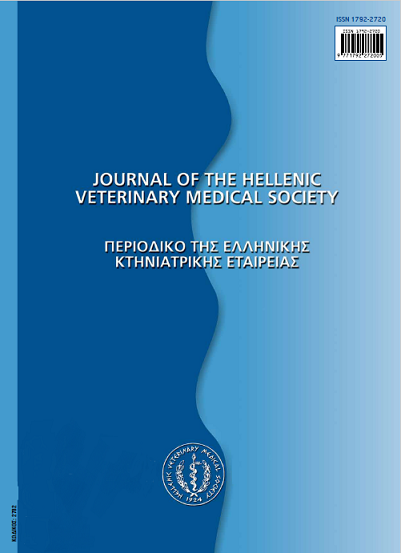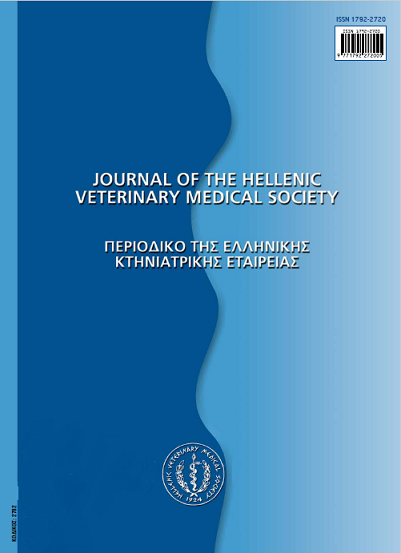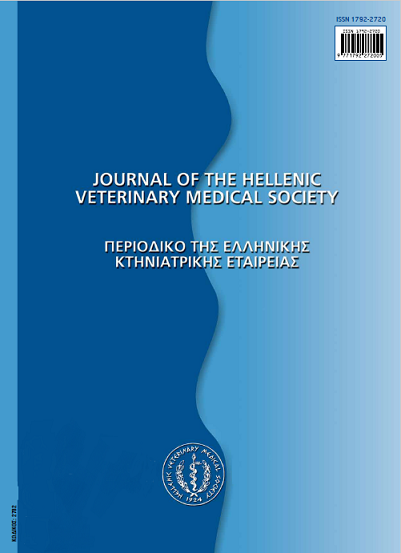Use of mesophilic Lactic Acid Bacteria in the manufacture of Feta cheese

Abstract
The use of mesophilic lactic acid bacteria (LAB) in the manufacture of Feta cheese was studied. Five selected mesophilic strains, confirmed as Lactobacillus plantarum (2 strains), Lb. paracasei subsp. paracasein Lb. brevis and Lactococcus lactis subsp. lactis, isolated from ripened Feta and Teleme cheeses, were used in 7 different combinations, alone or in combination with Lb. delbrueckii subsp. bulgaricus and Streptococcus thermophilus (the control combination) for the manufacture of Feta cheese. Each combination of strains was used to prepare four different batches of Feta cheese, keeping all the other production parameters according to the traditional technology. The cheese batches were analyzed for bacteriological, chemical and sensory characteristics. The results showed that the populations of lactobacilli and lactococci increased from the beginning of the cheese manufacture reaching a population of more than 7.0 log10cfu/g. This level was maintained during the whole ripening period (60 days) and during the subsequent 60-day storage period. Only in batches prepared with the control combination F8 {Str. thermophilus I Lb. delbrueckii subsp. bulgaricus), did the population of LAB decline to 6.0 log10cfu/g at the end of the ripening period. Also, except for the yeast population which increased, in all other bacterial groups tested (coliforms, staphylococci, total contaminating bacteria, psychrotrophic bacteria, proteolytic and lipolytic bacteria) populations gradually decreased during the ripening period. Results of the chemical analysis showed a sharp increase in acidity (the cheese pH dropped to ca. 4.5 within 3-4 d) and, whereas the values of other chemical indices (moisture content, fat content and NaCl) were stabilized between the 15* and 30* day of ripening, proteolysis (nitrogen soluble in 12% TCA) and lipolysis (ADV) progressed throughout ripening. The assessment of the overall acceptance by the sensory panel was between "very good" and "excellent" for all cheeses. This suggests that the selected mesophilic starter cultures can be used alone or in combination with the traditional culture {Lb.delbrueckii subsp. bulgaricus I Str. thermophilus) in the production of Feta cheese, as the results of this work indicate that the wild (autochthonous) strains of Lb. plantarum and Lc. lactis subsp. Lactis are well adapted to the environmental conditions that prevail in Feta cheese. Batches prepared using these mesophilic starters received the highest score in the assessment of organoleptic quality of Feta cheese. Very good results were also obtained using the combination of the mesophilic starters Lb. brevis and Lc. lactis subsp. lactis or Lb. paracasei subsp. paracasei and Lc. lactis subsp. lactis alone or in combination with Lb. delbrueckii subsp. bulgaricus and Str. thermophilus.
Article Details
- How to Cite
-
KARAGEORGIS (Σ.Β. ΚΑΡΑΓΕΩΡΓΗΣ) S. B., PAPAGEORGIOU (Δ.Κ. ΠΑΠΑΓΕΩΡΓΙΟΥ) D. K., MANTIS (Α.Ι. ΜΑΝΤΗΣ) A. I., & GEORGAKIS (Σ.Α ΓΕΩΡΓΑΚΗΣ) S. A. (2017). Use of mesophilic Lactic Acid Bacteria in the manufacture of Feta cheese. Journal of the Hellenic Veterinary Medical Society, 56(3), 197–218. https://doi.org/10.12681/jhvms.15081
- Issue
- Vol. 56 No. 3 (2005)
- Section
- Research Articles
Authors who publish with this journal agree to the following terms:
· Authors retain copyright and grant the journal right of first publication with the work simultaneously licensed under a Creative Commons Attribution Non-Commercial License that allows others to share the work with an acknowledgement of the work's authorship and initial publication in this journal.
· Authors are able to enter into separate, additional contractual arrangements for the non-exclusive distribution of the journal's published version of the work (e.g. post it to an institutional repository or publish it in a book), with an acknowledgement of its initial publication in this journal.
· Authors are permitted and encouraged to post their work online (preferably in institutional repositories or on their website) prior to and during the submission process, as it can lead to productive exchanges, as well as earlier and greater citation of published work.




